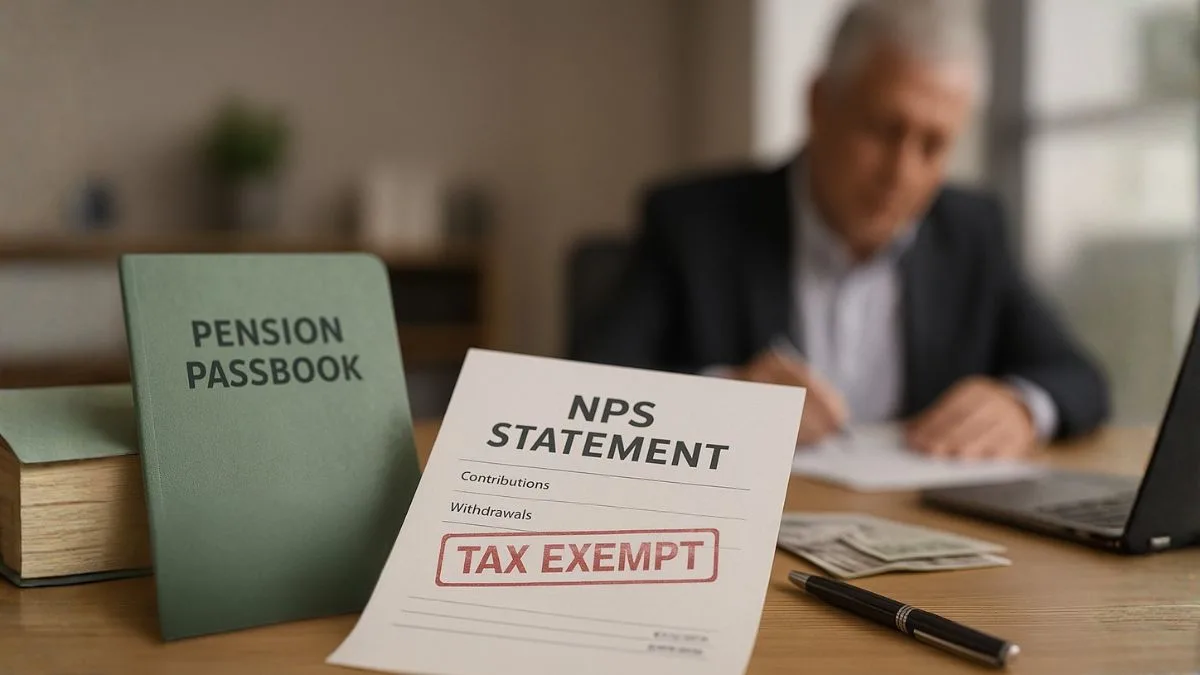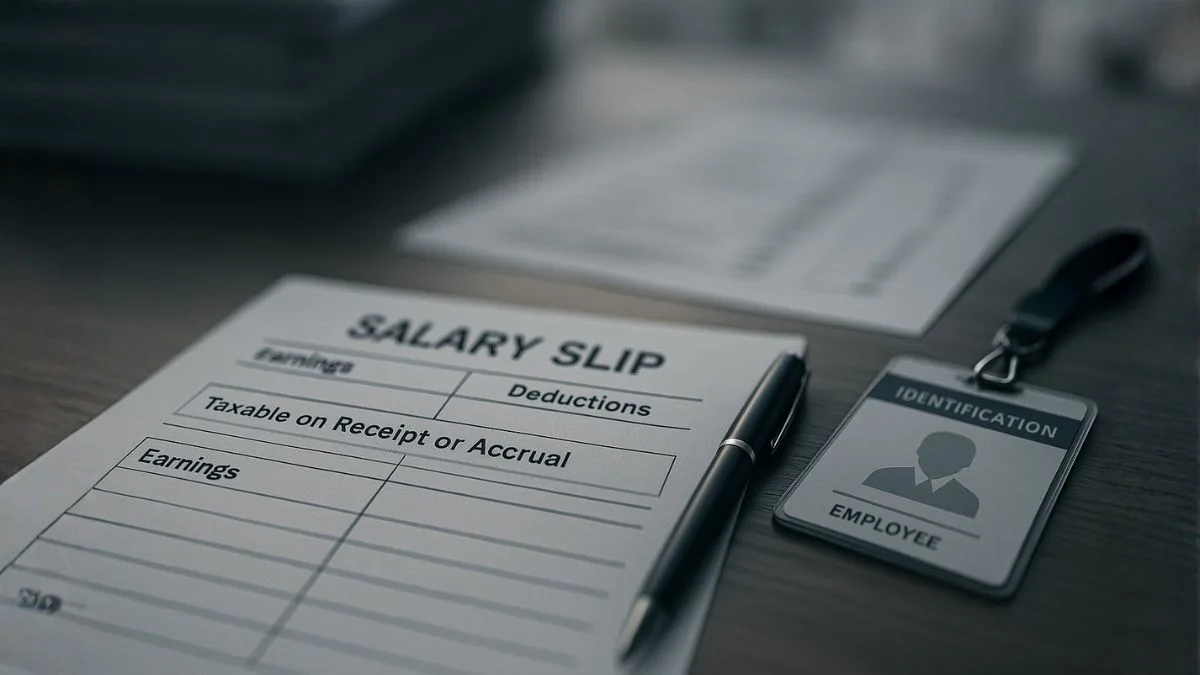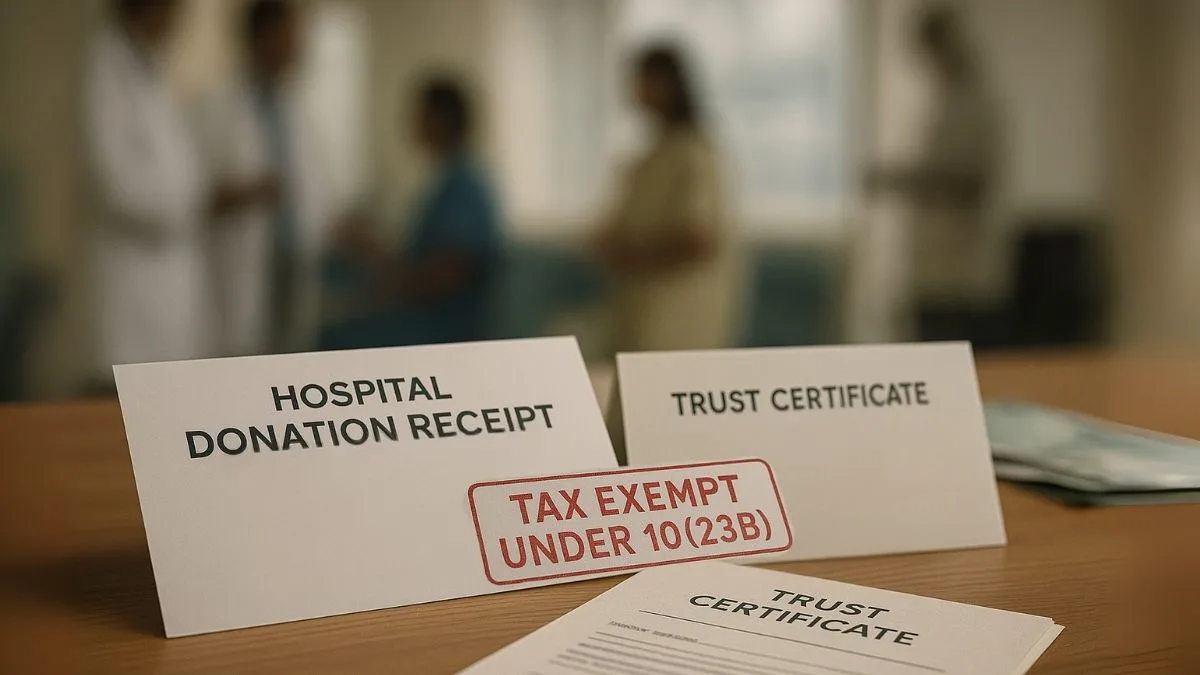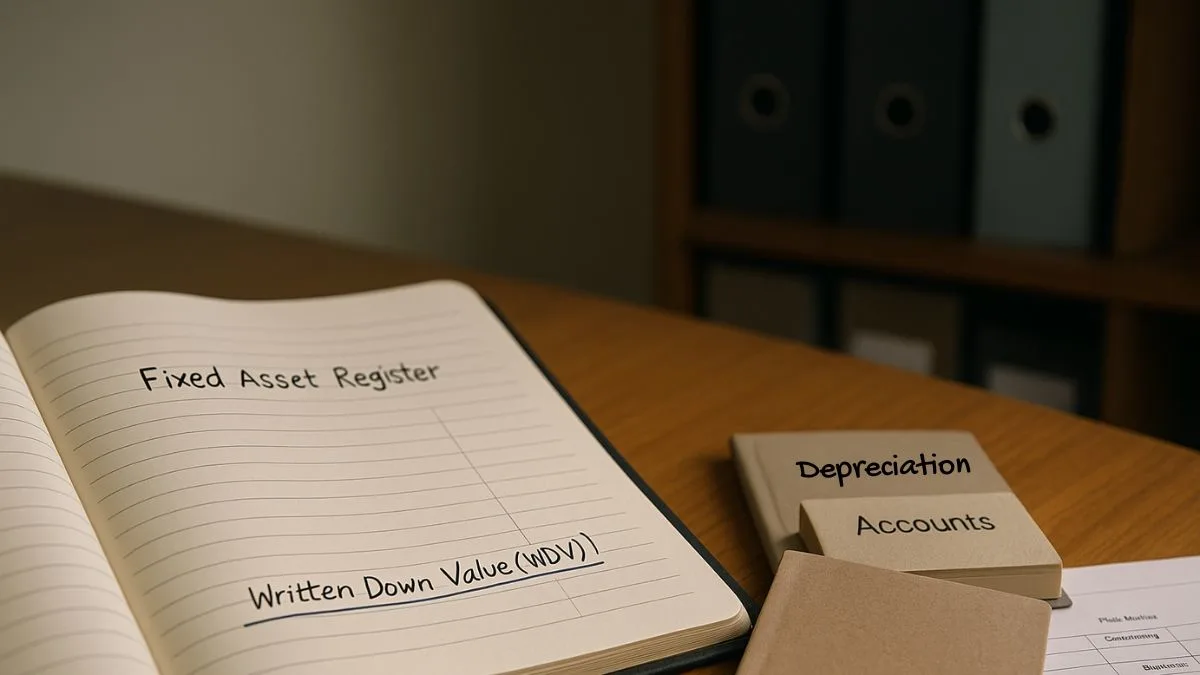
If you’ve been investing in the National Pension System (NPS) for years, you already know how dependable it is for retirement.
But do you know how much of your NPS corpus is tax-free when you finally withdraw it?
That’s where Section 10(12A) steps in — the rule that decides what part of your NPS money stays with you, tax-free, when you retire.
What Is Section 10(12A)?
Section 10(12A) was added to the Income Tax Act to make retirement planning through NPS more rewarding.
It says:
“Any withdrawal from the NPS Trust is exempt up to 60 % of the total amount accumulated.”
So, when you retire (usually at 60):
- You can withdraw up to 60 % of your total NPS balance tax-free.
- The remaining 40 % must buy an annuity plan that pays you monthly pension.
- The pension you receive later is taxable as regular income."
This split gives retirees both – a lump-sum benefit and a stable monthly flow of income.
Why Was It Introduced?
Before 2016, NPS withdrawals weren’t fully exempt, which made people hesitant to invest.
The Finance Act 2016 changed that — aligning NPS with popular tax-saving options like EPF & PPF.
Objectives behind 10(12A):
- Promote long-term retirement savings.
- Reduce tax burden at the time of exit.
- Make NPS as attractive as other pension schemes.
Also Read: Gift of tax relief on investment in NPS!
Who Can Claim This Exemption?
Anyone subscribed to NPS Tier-I, regulated by PFRDA, can claim it:
- Salaried employees under government or corporate NPS.
- Self-employed or private-sector investors with active Tier-I accounts.
- Any Indian resident withdrawing funds after 60 years or as per exit rules.
Note: Early or partial withdrawals (before retirement) fall under Section 10(12B).
The 60 % Tax-Free Rule – How It Works
1️⃣ Withdraw up to 60 % of your total NPS corpus → fully exempt.
2️⃣ Invest the remaining 40 % in an approved annuity plan.
3️⃣ Pension received from that annuity → taxable at your slab rate.
This structure keeps your retirement both flexible & disciplined.
Example
Mr. Sharma retires with an NPS corpus of ₹ 50 lakh.
- Withdraws ₹ 30 lakh (60 %) → Tax-free under Section 10(12A)
- Uses ₹ 20 lakh (40 %) to buy an annuity → Pension from this is taxable each year
Result: Mr. Sharma gets a tax-free lump sum plus steady pension income — simple and fair.
10(12) vs 10(12A) vs 10(12B)
|
Section |
Applies To |
Exemption Limit |
When It Applies |
|
10(12) |
Provident Fund |
Fully exempt (if conditions met) |
PF withdrawal |
|
10(12A) |
NPS withdrawal on retirement |
60 % of total corpus |
Exit after age 60 |
|
10(12B) |
NPS partial withdrawal before retirement |
25 % of own contribution (max) |
Early withdrawal |
So — use 10(12A) for your final withdrawal; use 10(12B) only if you withdraw during service.
Also Read: The Tax-Free Edge of Provident Fund Withdrawals
What Happens to the Other 40 %?
You must invest it in an annuity plan offered by a registered insurer."
The purchase itself isn’t exempt, but the annuity starts giving you monthly pension later.
Each pension payment is taxed in the year you receive it — just like salary income.
This keeps your retirement secure & taxes spread out instead of one-time heavy.
Key Points to Remember
- Applies only at final exit / retirement.
- 60 % withdrawal = completely tax-free.
- 40 % → annuity purchase → taxable pension later.
- If total corpus ≤ ₹ 5 lakh → entire amount withdrawal allowed tax-free (as per PFRDA).
- Works for both government & private employees.
That’s why financial planners call NPS the “most tax-efficient pension product” in India.
10(12A) 80CCD(1B) = Double Advantage
NPS rewards you twice:
- At investment stage: Deduction up to ₹ 2 lakh
(₹ 1.5 lakh under 80C ₹ 50,000 under 80CCD(1B)) - At withdrawal stage: 60 % tax-free under 10(12A)
No other instrument gives this clean “invest-and-withdraw both tax benefit.”
Budget 2019 Update
Earlier only 40 % of NPS withdrawal was exempt.
The Union Budget 2019 raised it to 60 %, making NPS almost EEE (Exempt–Exempt–Exempt):
- Investment → Exempt
- Growth → Exempt
- Withdrawal (60 %) → Exempt
That single change made millions shift toward NPS for retirement.
Also Read: Tax-Free Benefits from Provident Funds and Sukanya Samriddhi Account
If You Exit Early
Leaving before 60?
- Only 20 % can be withdrawn tax-free.
- Remaining 80 % must buy an annuity.
The rule discourages premature withdrawal & keeps your pension intact.
In Case of Death of Subscriber
If the subscriber passes away, the nominee can withdraw the entire corpus tax-free.
This ensures the family gets full support without any tax liability.
Why Section 10(12A) Matters
- Promotes retirement discipline.
- Gives a tax-efficient exit."
- Balances immediate liquidity & steady pension.
- Protects lifetime savings from excess tax.
For salaried & self-employed Indians alike, it’s a lifeline for stress-free retirement planning.
Example Comparison
|
Particulars |
Ravi (NPS) |
Karan (FD) |
|
Corpus at retirement |
₹ 50 lakh |
₹ 50 lakh |
|
Tax-free withdrawal |
₹ 30 lakh (under 10(12A)) |
Nil |
|
Regular income |
Pension (taxable) |
Interest (taxable) |
|
Overall benefit |
Dual tax advantage |
Fully taxable returns |
NPS clearly wins on tax efficiency & retirement security.
Key Takeaways
- Section 10(12A) lets you withdraw 60 % of NPS corpus tax-free.
- Remaining 40 % → annuity purchase → taxable pension.
- Entire corpus tax-free if below ₹ 5 lakh.
- Combine with Section 80CCD for maximum tax benefit.
- Works for both salaried & self-employed individuals.
Also Read: Section 10(16): A Relief for Students & Salaried Professionals
Conclusion
Retirement planning is not just saving money — it’s about saving wisely.
Section 10(12A) makes sure your NPS savings stay safe from heavy tax when you finally need them.
With 60 % tax-free withdrawal and a steady pension from the rest, NPS offers a perfect balance of freedom and security.
Not sure how much of your NPS money will be tax-free at retirement?
👉 Visit CallMyCA.com — our CA team will calculate your exact Section 10(12A) exemption, plan your annuity structure, & help you save the maximum possible tax while building a peaceful retirement.










